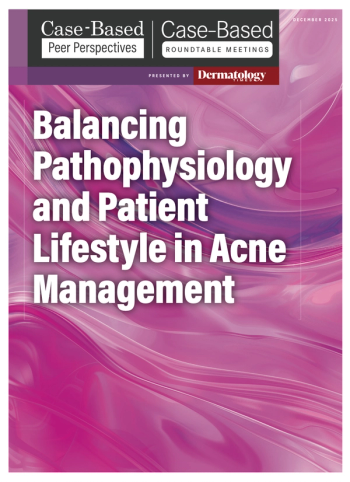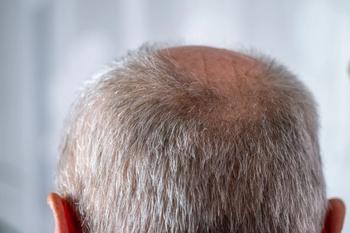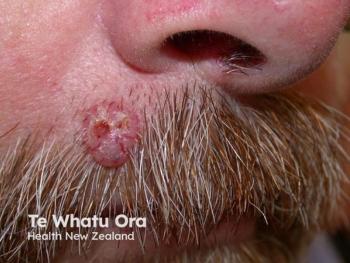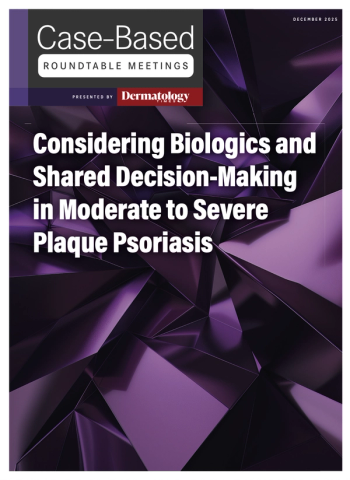
Kesty Redness Scale Enhances Analysis of Facial Erythema, Study Reports
Key Takeaways
- The Kesty Redness Scale (KRS) offers a standardized, 5-point ordinal tool for assessing facial erythema, filling a gap in cosmetic dermatology.
- The study demonstrated high inter-rater reliability, with Gwet’s AC2 and Kendall’s W indicating strong agreement among diverse clinical professionals.
The Kesty Redness Scale offers a validated, easy-to-use tool to reliably assess facial redness in clinical dermatology.
A
The study, published in the Journal of Cosmetic Dermatology, introduced the scale and examined its inter-rater reliability and clinical applicability in aesthetic and generalized dermatology applications.
Background and Methods
At present, clinicians lack a standardized, easy-to-use tool for objectively measuring improvements in redness before and after treatment, according to study authors Kesty et al. They noted that many existing grading systems focus on disease-specific contexts such as rosacea, acne, and more,2-3 and do not translate well to cosmetic settings.
To fill this void, researchers developed the KRS, a 5-point ordinal scale designed to quantify facial redness across a spectrum of severities, from clear skin to intense, feature-obscuring erythema.
They conducted a prospective, observational study enlisting a total of 10 professionals, including board-certified dermatologists and plastic surgeons, to assess a diverse set of over 100 facial photographs.
Participants were provided with a written guide and reference images corresponding to the five KRS grades, then asked to assign scores to a separate set of 20 unlabeled photographs. Additionally, they were surveyed on the scale’s ease of use and whether they would integrate it into routine practice.
Findings
The KRS demonstrated excellent inter-rater reliability and alignment with expert consensus, supporting its clinical utility.
Gwet’s AC2 yielded a value of approximately 0.92, reflecting a high level of agreement among all raters and minimal variation in how redness severity was interpreted across diverse clinical professionals. Additionally, Kendall’s W coefficient supported these findings, indicating strong consistency in the way raters ranked the severity of redness across patient images.
To further explore individual agreement between the primary rater and each expert, Spearman’s rank correlation coefficients were calculated and found to be consistently high, often above 0.90. These results highlight a strong monotonic relationship between the new scale and established expert judgment.
Complementing this, weighted Cohen’s kappa values also exceeded 0.90 in most cases, confirming that the categorical ratings assigned by the KRS closely mirrored those of the expert evaluators.
The Bland–Altman analysis revealed minimal bias, with narrow limits of agreement, indicating no meaningful over- or underestimation by the KRS when compared to expert assessments.
Furthermore, all evaluators participating in the study confirmed the KRS as both intuitive and feasible for clinical use, with 100% reporting that the scale was easy to apply and expressing willingness to integrate it into daily practice.
Conclusions
"The KRS is a reliable, easy-to-use tool that enhances the assessment of facial redness in dermatology," wrote Kesty et al. "Its validation through expert evaluation and statistical analysis underscores its potential to improve clinical practice and research."
Moving forward, they noted that future research may focus on researchers teaching computers to use these rating scales utilizing artificial intelligence in order to decrease reliance on human reliance to complete the scoring.
References
- Kesty CE, Kesty KR. The Kesty Redness Scale: A pilot validation study for a novel tool for evaluating facial redness in cosmetic and clinical dermatology. J Cosmet Dermatol. 2025;24(4):e70039.
doi:10.1111/jocd.70039 - Tan J, Liu H, Leyden JJ, Leoni MJ. Reliability of Clinician Erythema Assessment grading scale. J Am Acad Dermatol. 2014;71(4):760-763.
doi:10.1016/j.jaad.2014.05.044 - Bae IH, Kwak JH, Na CH, Kim MS, Shin BS, Choi H. A comprehensive review of the Acne Grading Scale in 2023. Ann Dermatol. 2024;36(2):65-73.
doi:10.5021/ad.23.094
Newsletter
Like what you’re reading? Subscribe to Dermatology Times for weekly updates on therapies, innovations, and real-world practice tips.


















